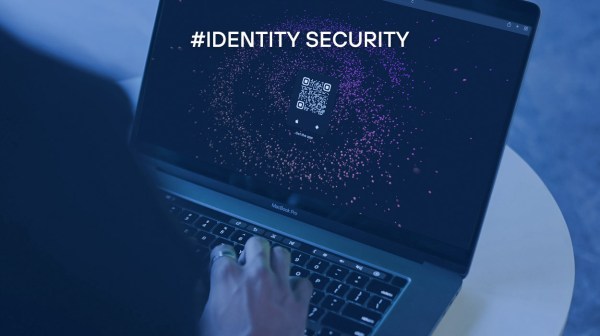Businesses and households alike have been forced to incorporate the use of technology into their daily lives due to the pandemic.
The increase in online hours, as well as the growth in the number of connected devices, has meant that cyber incidents have also risen sharply.
In the face of potential threats, according to the World Economic Forum’s Global Cybersecurity Outlook 2022, it is imperative to move from cybersecurity to cyber resilience.
The more connected objects, the more risks…
In a matter of a year and a half, we have made progress in digitisation that, without the pandemic, would have taken almost five years to achieve.
The use of connectivity and digital tools multiplied exponentially. Services such as videoconferencing have increased tenfold. And a by-product of this increase is the growth in the amount of data generated.
The World Bank estimates that this year, total annual Internet traffic will increase by almost 50% compared to 2020, reaching 4.8 zettabytes. If we were to store that much data on a stack of DVDs, it would be long enough to circle the earth six times.
The hyper connectedness and interconnectedness of companies, individuals, institutions, etc. has made it clear that the risks to data security have also grown dramatically.
2021 has made it clear that, for example, an attack on critical infrastructures, institutions or companies can have a cascading effect, affecting many links in the chain.
Cybersecurity concerns and predictions
The Global Cybersecurity Outlook 2022, published by the same organisation, provides a comprehensive review of the perceptions, concerns and predictions of more than 120 world leaders on this topic.
According to the document, the three most significant gaps to consider when addressing the challenge of security in the business environment are:
- Cybersecurity needs to be prioritised in decision-making. Only 55% of executives surveyed whose business is related to security agree with this statement.
- Gain management support for cyber security: While 84% of respondents say that cyber resilience is a priority and supported by the management team in their organisation, only 68% see cyber resilience as a priority. Only 68% see cyber resilience as an important part of their overall risk management. Cybersecurity remains an afterthought in too many organisations.
- Hiring and retaining cybersecurity talent: The survey found that 59% of respondents would find it difficult to respond to a cybersecurity incident due to a skills shortage within their team.
In fact, most respondents noted that recruiting and retaining talent is currently the biggest challenge.
Ransomware, a growing threat
According to the study, ransomware is top of mind for every one of the more than 120 leaders surveyed.
More than 50 per cent of those surveyed identify this threat as one of their biggest cybersecurity concerns.
Eighty per cent of them consider it a dangerous and growing threat to public security. In fact, such incidents have not only increased in number, but also in frequency and sophistication.
They are followed by social engineering attacks as the second biggest concern of the executives surveyed.
Third on this list is the malicious use of information that can lead not only to a loss of critical information, but also to a major reputational and business crisis.
While there are many factors that influence cyber security policies, most respondents, 81%, said that digital transformation is the main lever for improving cyber resilience.
Towards a more reliable and sustainable digital future
The report, which formed the basis of this post, found that almost half of respondents (48%) believe that machine learning and robotisation will be key to the transformation of cybersecurity.
But one consequence of this exponential use of technology is that it will lead to an increased imbalance between attackers and defenders.
For that reason, given that cybercriminals are not going to stop, the transition from cybersecurity to cyber resilience is an essential step towards a more reliable and sustainable future.
Cyber security is not a stand-alone technology, it is a systems priority that encompasses the technology, people and processes of digitisation.
Technological transformation and connectivity, two tools that made it possible for the world not to be brought to a standstill by the health crisis, have shown that, in addition to the proven benefits, they have also generated certain threats.
It is necessary to maintain a trusted, protected and safe digital environment and to achieve this it is essential to incorporate cybersecurity in all areas of life in order to improve cyber resilience as well.








